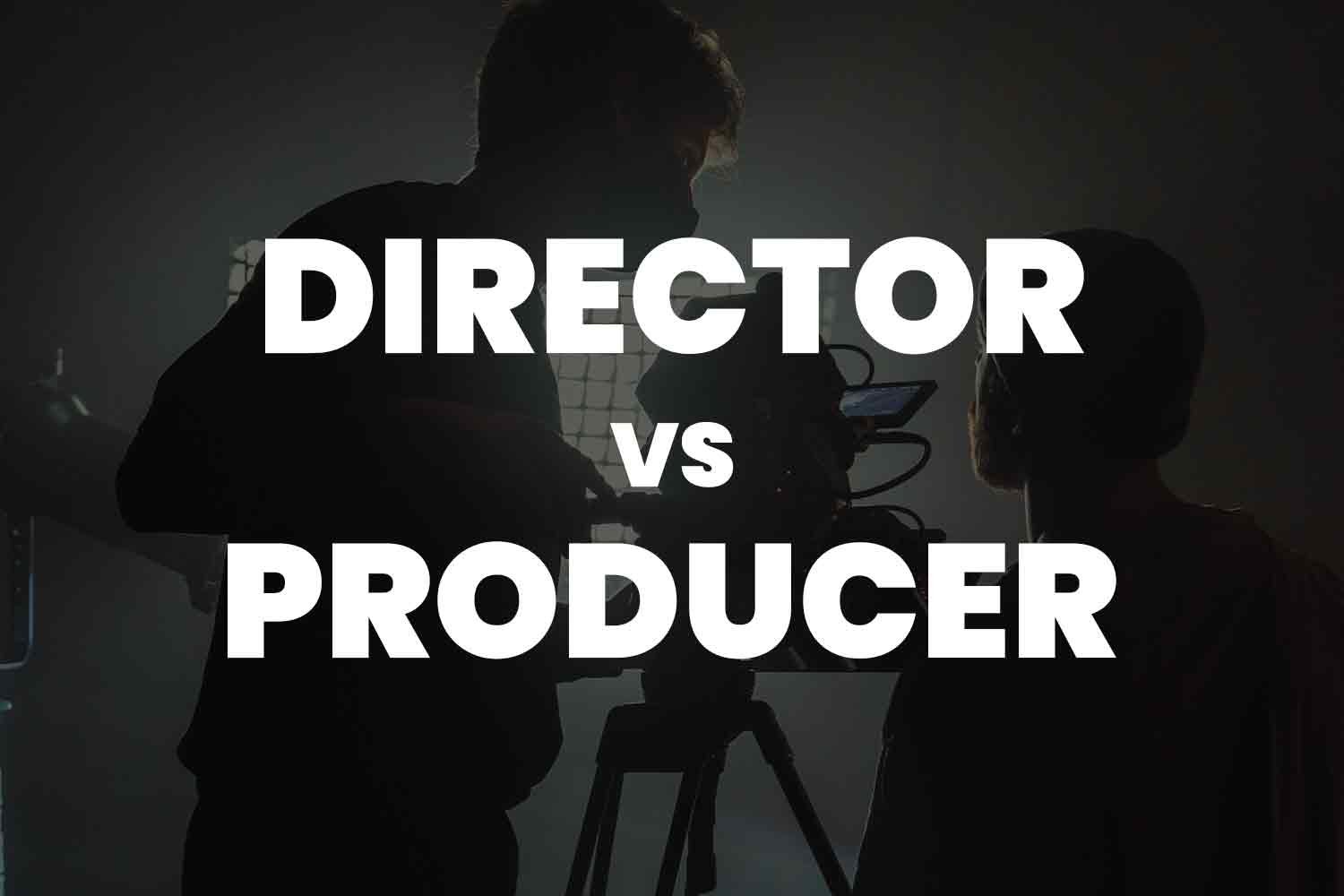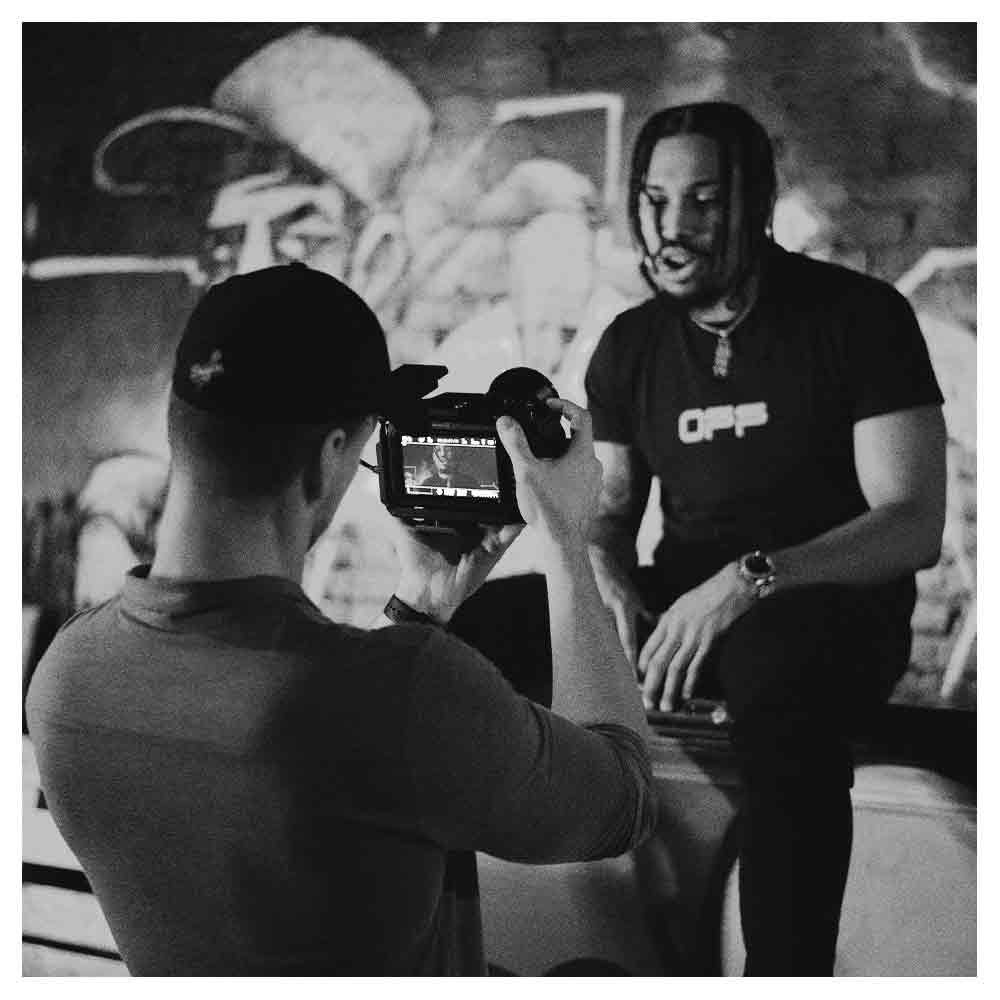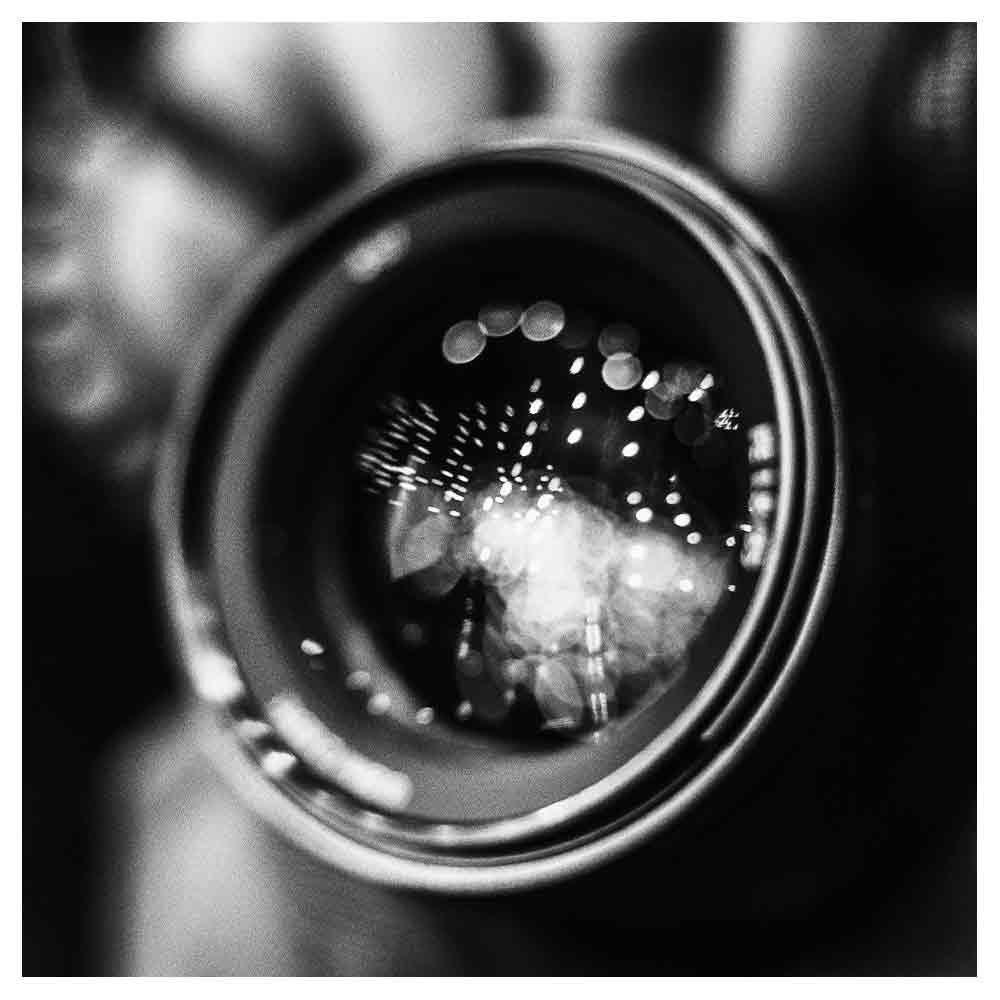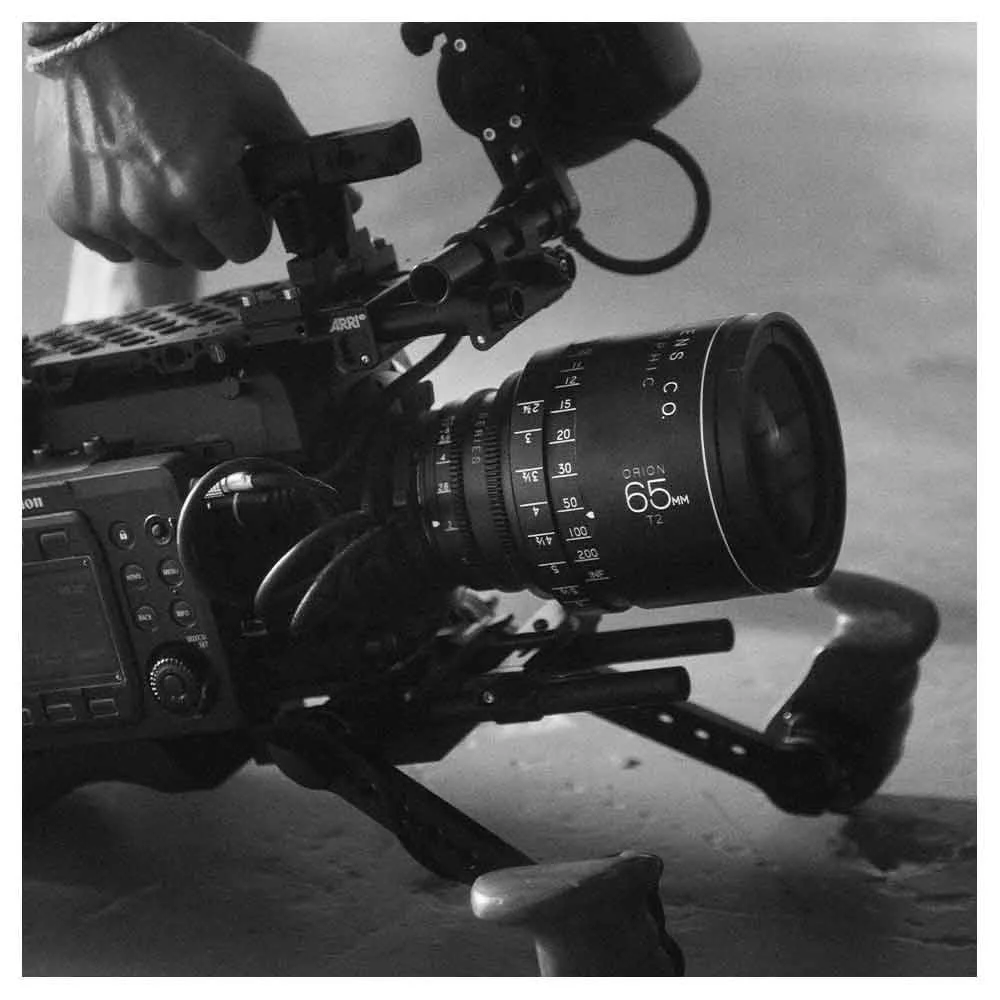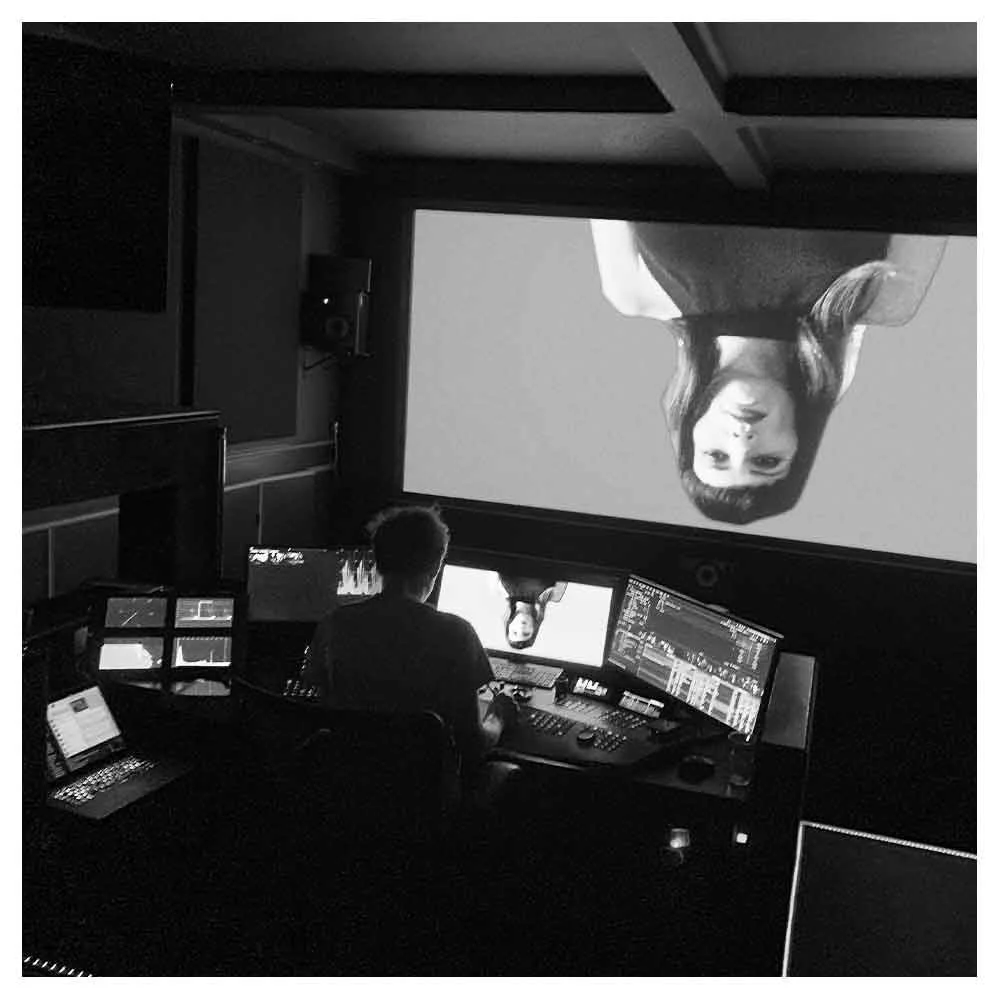Director vs. Producer: The Maestros of the Silver Screen
Can you spot the difference between a director and a producer? Let's dive into the film industry's backstage and understand the intricate details of these roles.
Prelude: The Motion Picture Film Industry
The journey from an idea to a motion picture film is a fascinating tale of creativity, grit, and collaboration.
It's a complex process with various stages: pre-production, filming, and post-production. It involves the combined efforts of the film director, film producer, and a large team of crew members.
Producers and directors play distinct yet interconnected roles in making a film, blurring the lines in the director vs. producer debate.
Let's shed some light on these roles and understand their differences.
The Director's Canvas: Artistic Vision and Execution
The film director is like an orchestra conductor, taking the film's creative aspects and translating them into a unified, coherent story.
The director's vision sets the tone for the project and defines the film's overall aesthetic. Their duties span from character development and dialogue delivery to the meticulous placement of the camera.
A movie director oversees the shooting of the raw footage, carefully executing the shooting script to create all the scenes successfully. They work closely with the cast members, guiding their performances to match their creative vision.
They also collaborate with the production designer and department heads to ensure all visual and technical elements align with the film's style and tone.
The Producer's Score: Facilitating the Film's Symphony
Think of the film producer as the person who orchestrates the entire concert. The producer's job is multi-faceted, dealing with the business side of filmmaking while also contributing to its creative side.
A successful producer understands the nuts and bolts of the film and television production business.
They are often the first to get involved in a film project, overseeing the entire lifecycle of the movie, from pre-production through to post-production.
In the pre-production stage, the producer oversees script development, budgeting, scheduling, and hiring the technical crew. This often involves managing pre-production logistics and ensuring the production team is ready to start filming.
During filming, the producer hires and manages other crew members, from sound technicians to the catering staff. They ensure everything runs smoothly, allowing the director to focus on the creative aspects of the shoot.
The producer works alongside editors, sound designers, and the director in post-production, sifting through the raw footage to assemble the final product.
They may also oversee the creation of marketing materials and manage creative elements of the film's distribution strategy.
A Tale of Two Producers: The Executive and Line Producer
In most film projects, there's more than one producer. Two common types of film producers are the executive producer and the line producer.
The executive producer often handles the business operations, negotiating deals, and sometimes raising money for the production. They may also play a part in the creative process, offering advice and guidance throughout production.
The line producer, on the other hand, is on the ground, working alongside the director and the crew members. They manage the film set's day-to-day operations, ensuring the production stays on budget and schedule.
The Production Company: The Power Behind the Film
Behind every film project is a production company. This entity often employs the film director and producer, providing the necessary resources to produce the film.
Whether it's a big-budget Hollywood studio or an independent production house, the company plays a pivotal role in filmmaking, from developing material to distributing the finished product.
The Symphony of Collaboration: Producers and Directors
One thing is clear in the director vs. producer dichotomy – a film can't be successful without both. Both roles have unique responsibilities, but their work is deeply interconnected.
A director and a producer must communicate effectively and understand each other's roles to achieve the film's vision. While the director handles and manages the creative aspects, the producer handles logistics and finances.
The director works with cast members and the creative team, while the producer works with the production team and manages relationships with stakeholders, including the production company.
Sometimes, a director and a producer can be the same person, blurring the lines between the roles even further.
This arrangement allows for a unified vision for the film, but it can also present challenges due to the heavy workload and potential conflicts of interest.
The Director's Cut and the Producer's Final Say
A director's cut is usually produced once the film is shot and edited. This version represents the director's creative vision in its purest form.
However, it's only sometimes the version that makes it to the screen. The producer and the production company have a say in the final cut that gets released, often making changes based on audience testing, marketing considerations, and distribution requirements.
The Final Reel: Producer vs Director
So, who holds more power in the battle of producer vs. director? That depends on the specific film project and the individuals involved.
In some cases, a director's vision may carry more weight, mainly if well-established in the industry. In other situations, a successful producer may hold more sway, especially if they have a strong relationship with the production company or a significant financial stake in the film.
However, it's essential to remember that filmmaking is a collaborative process. Both roles are crucial in creating a successful film.
The best movies often come from a strong partnership between the director and the producer, each respecting and valuing the other's contributions.
In Conclusion
Whether you're an aspiring movie producer, a budding film director, or just a film enthusiast trying to understand the inner workings of the film industry, understanding these roles can deepen your appreciation for the craft of filmmaking.
The balance between the producer and the director is a delicate dance – a symphony of creative vision and practical execution that brings stories to life on the big screen.
As the curtain falls on this exploration of director vs. producer, I hope you have a newfound appreciation for these maestros of the silver screen.
